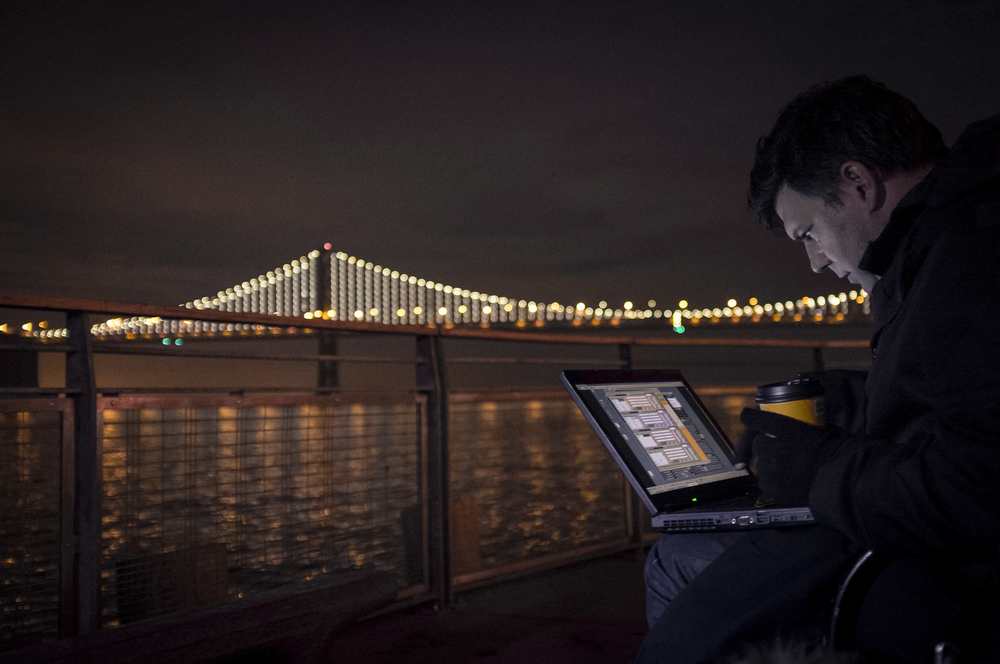 The Bay Lights is a light sculpture realized by the artist Leo Villareal that was inaugurated the 5th of March, 2013. The project, called the world’s largest LED light sculpture, illuminates the bridge’s 2.9 kilometers western span with 25.000 LEDs attached to the strings of the suspension cables. The complex installation changes the character of the Bay bridge and turns it into visually appealing structure, that can match the attractiveness of the well-known Golden gate.
The Bay Lights is a light sculpture realized by the artist Leo Villareal that was inaugurated the 5th of March, 2013. The project, called the world’s largest LED light sculpture, illuminates the bridge’s 2.9 kilometers western span with 25.000 LEDs attached to the strings of the suspension cables. The complex installation changes the character of the Bay bridge and turns it into visually appealing structure, that can match the attractiveness of the well-known Golden gate.
From the distance the installation appears as bright, blinking light mass, but every pixel of the LED strips can be controlled individually, thanks to a software developed by Leo Villareal. With his laptop he can change the patterns and dynamics of the installation. This mixture of technical and artistic skills fits particularly good in a city full with start-ups, technology wealth and busy programmers.
The Bay Lights was originally conceived by Ben Davis, Chair of the San Francisco-based nonprofit Illuminate the Arts, which aims to support and create outstanding works of public art. Illuminate the Arts’ mission is to produce and promote innovative contemporary art with civic impact, social activation and global reach to stimulate a culture of generosity, community, collaboration and love worldwide.
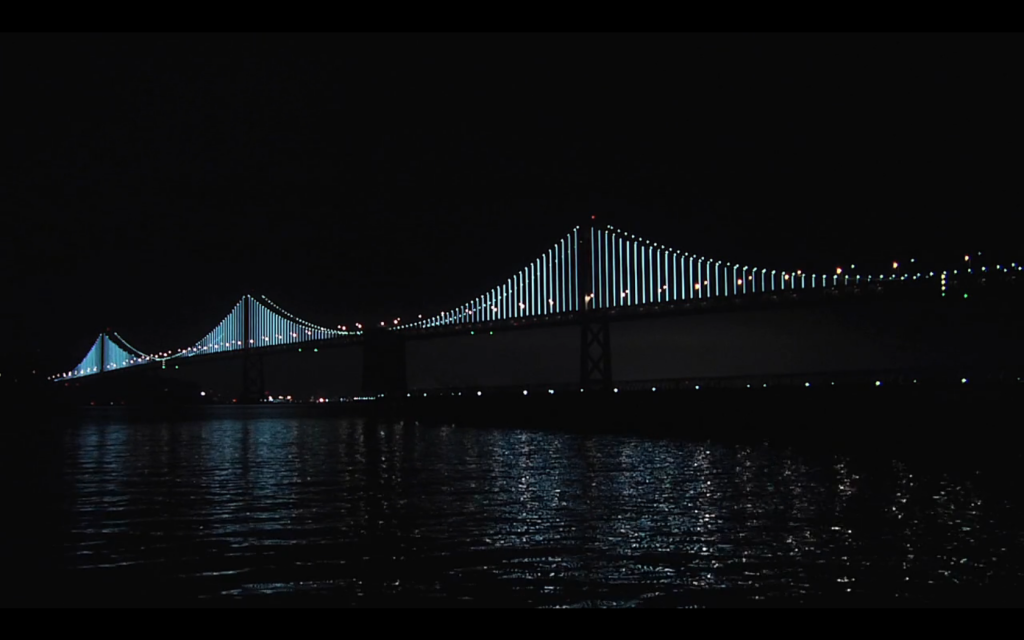 Watch a video of the light sculpture…
Watch a video of the light sculpture… 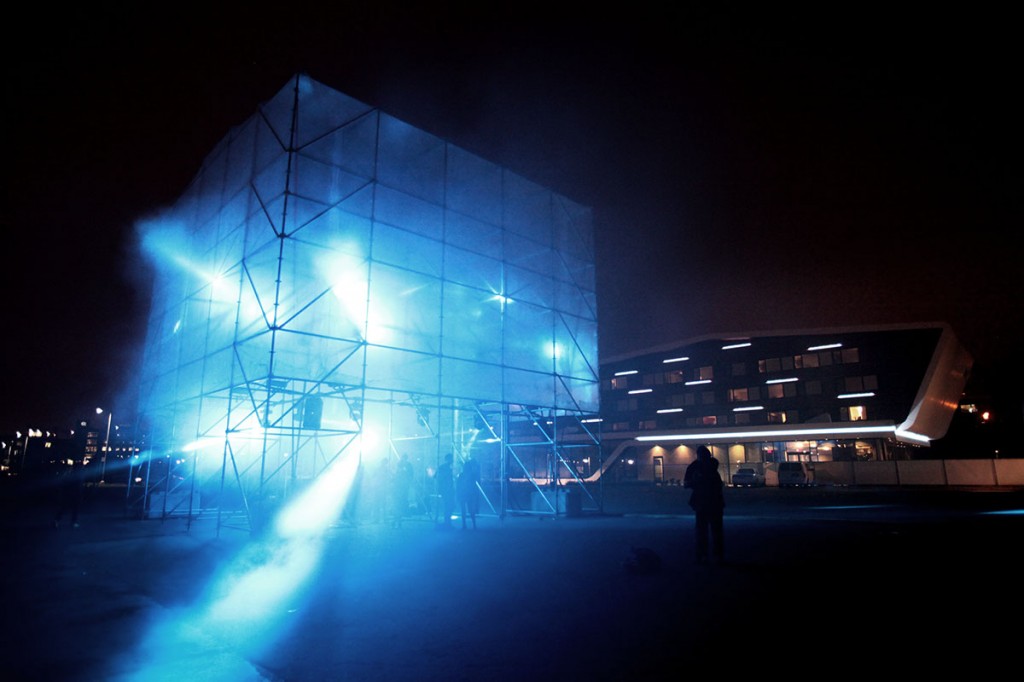
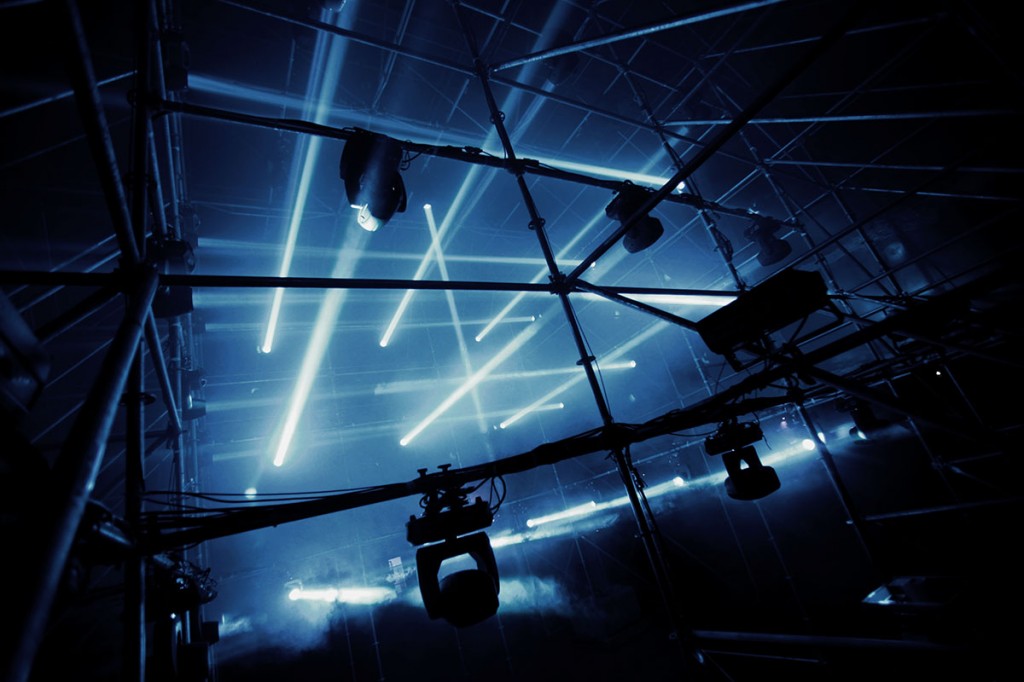
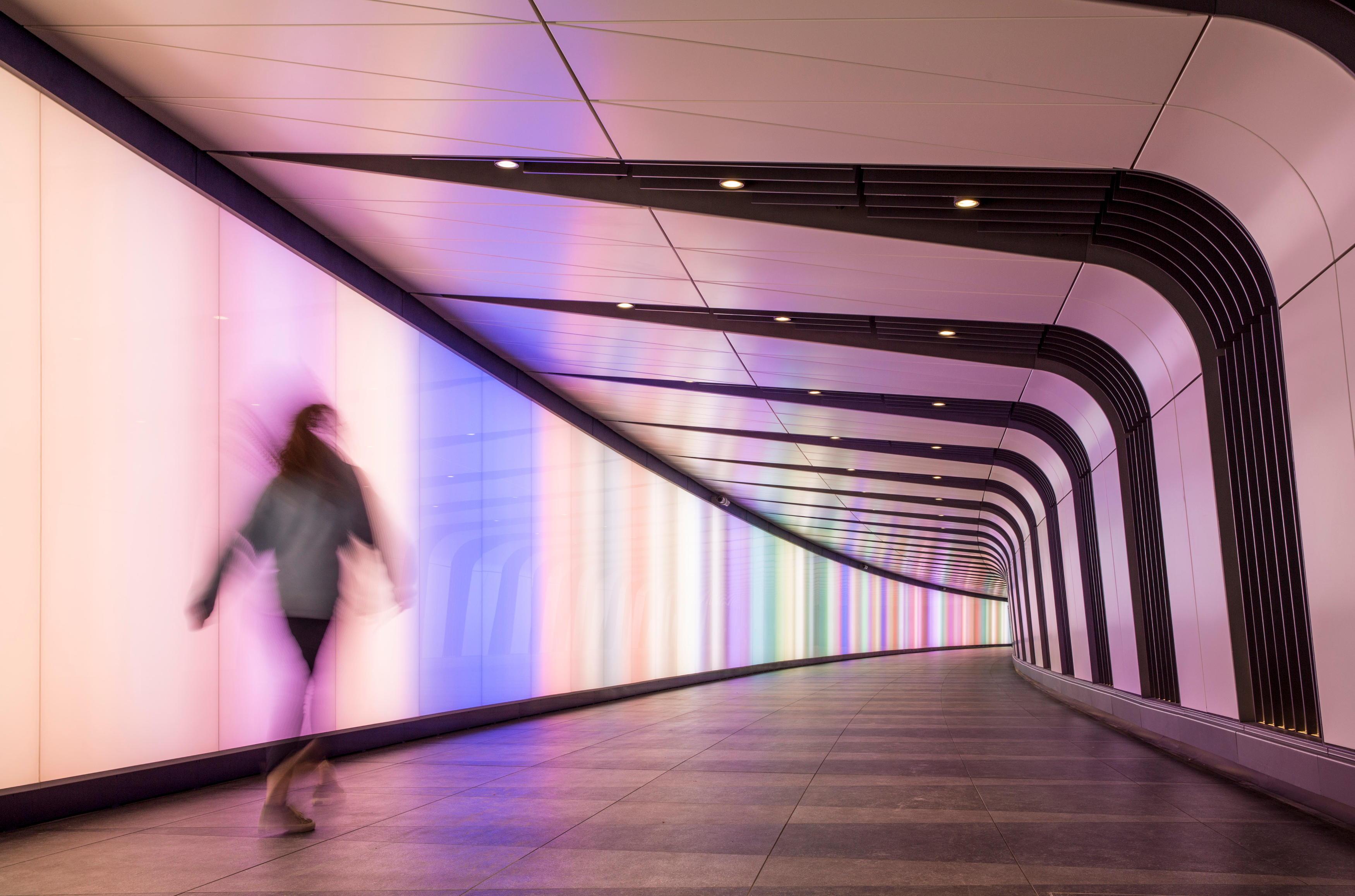 Pipette is a light installation located at the new subway entrance tunnel of Saint Pancras Square, in King’s Cross, London. The tunnel was built to create a link between King’s Cross and St Pancras stations; a path that is used by 100.000 person per day. The light wall is the main feature of the tunnel, located on the outside of the curve, measuring nearly 100m long. It was conceived by Speirs & Major, with the artwork created by Miriam Sleeman (Cross Kings) and Tom Sloan Design.
Pipette is a light installation located at the new subway entrance tunnel of Saint Pancras Square, in King’s Cross, London. The tunnel was built to create a link between King’s Cross and St Pancras stations; a path that is used by 100.000 person per day. The light wall is the main feature of the tunnel, located on the outside of the curve, measuring nearly 100m long. It was conceived by Speirs & Major, with the artwork created by Miriam Sleeman (Cross Kings) and Tom Sloan Design.
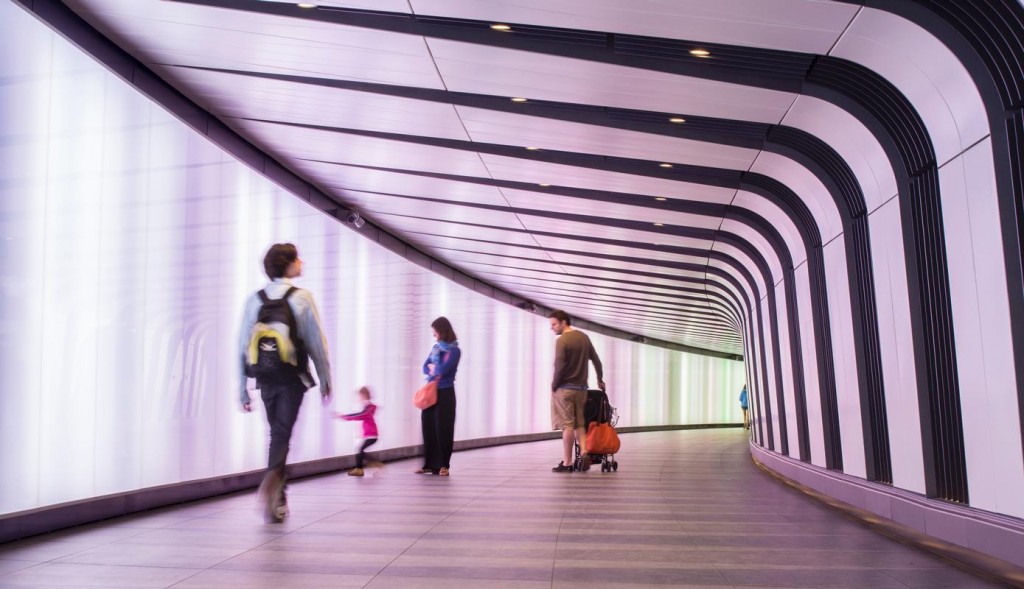
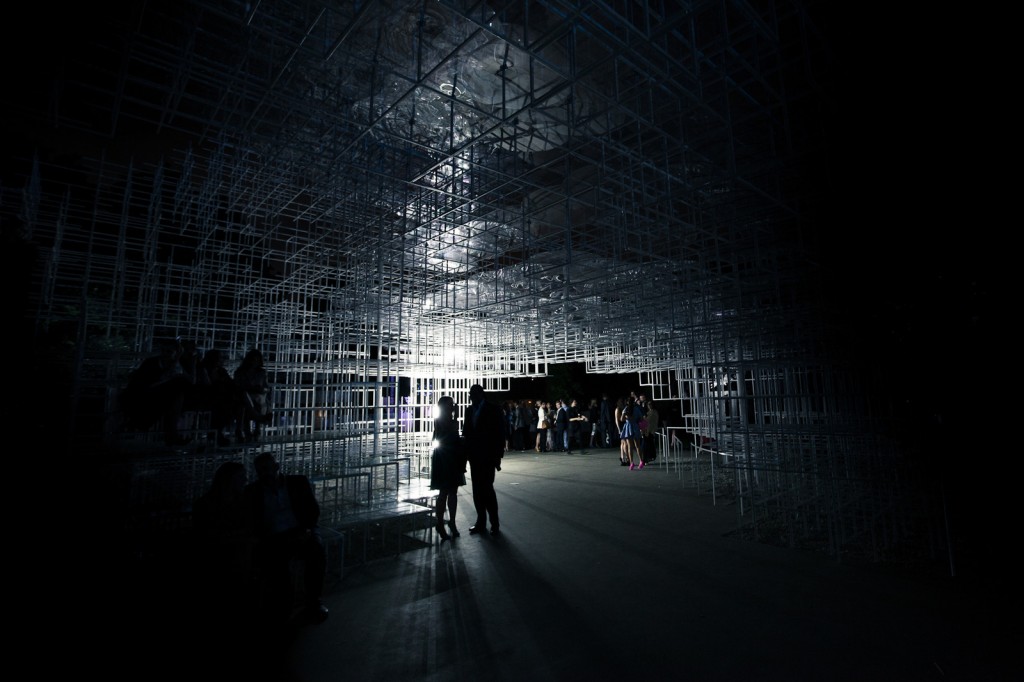 In 2013 the
In 2013 the 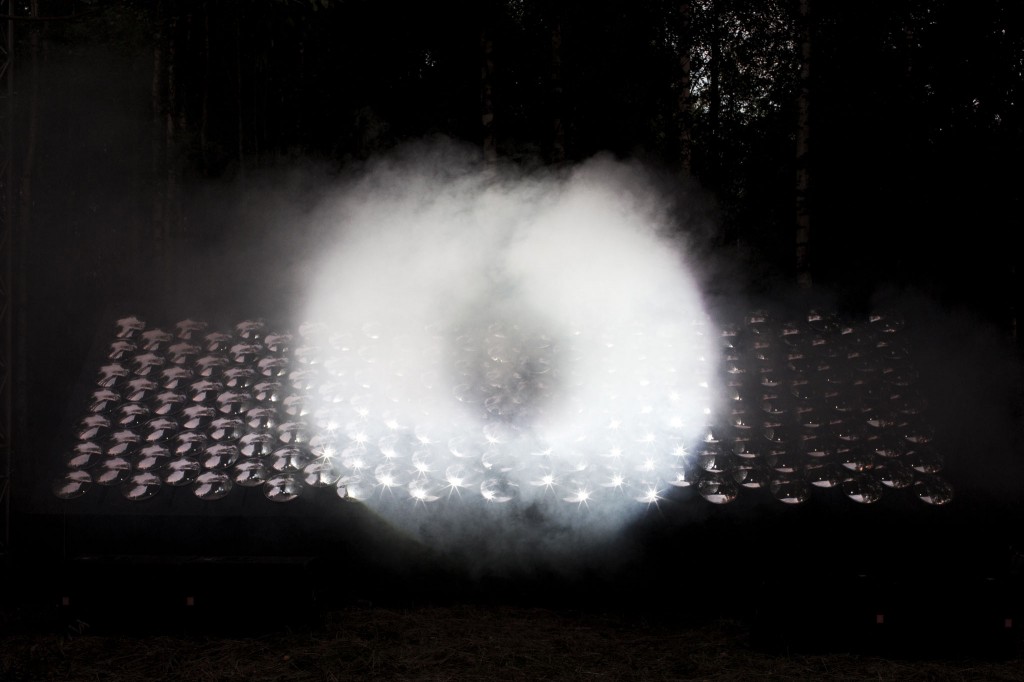 Light Barrier is an art installation by
Light Barrier is an art installation by 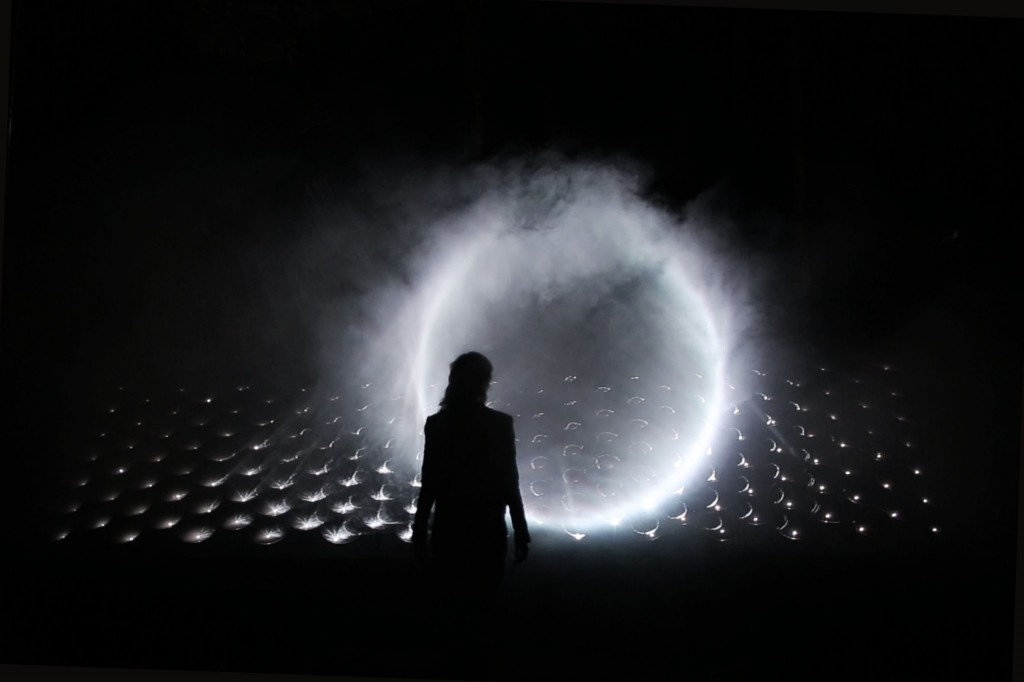
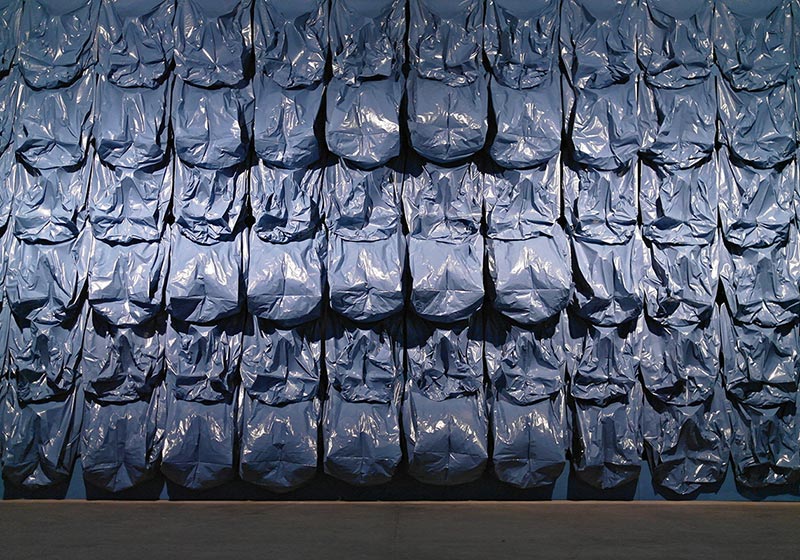
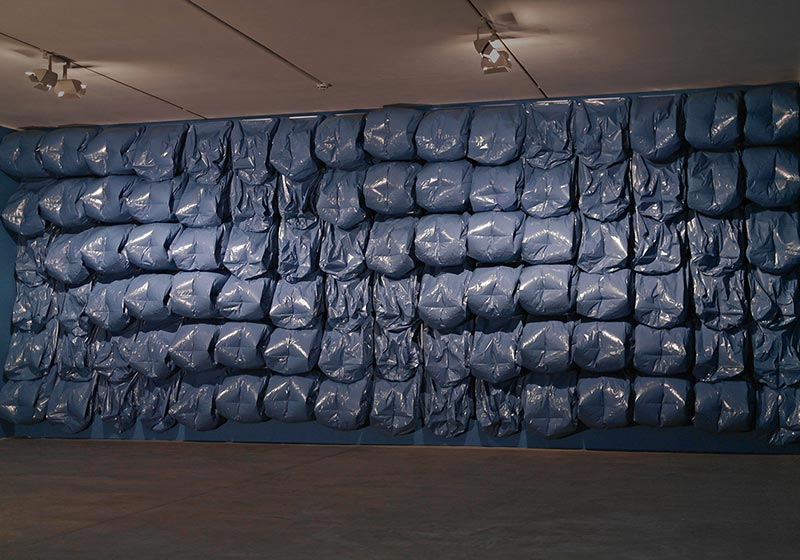
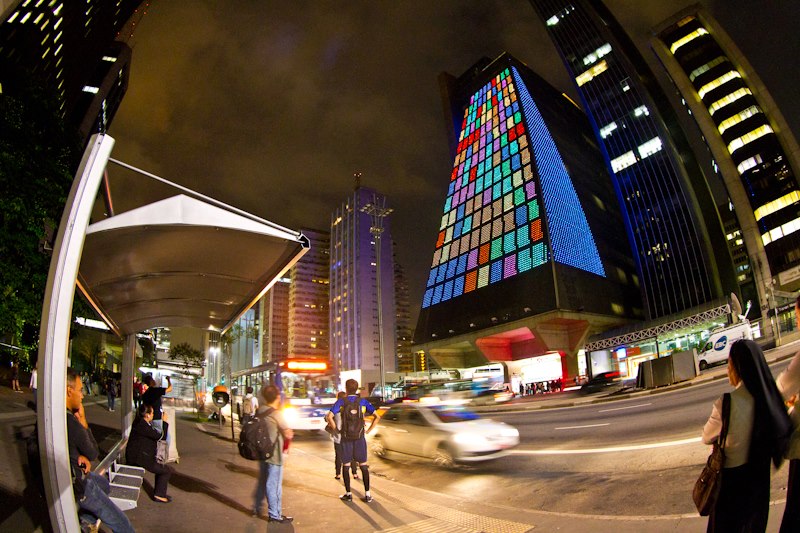 The facade of the SESI-SP digital art gallery was inaugurated in 2012, as a result of a pioneer initiative of
The facade of the SESI-SP digital art gallery was inaugurated in 2012, as a result of a pioneer initiative of 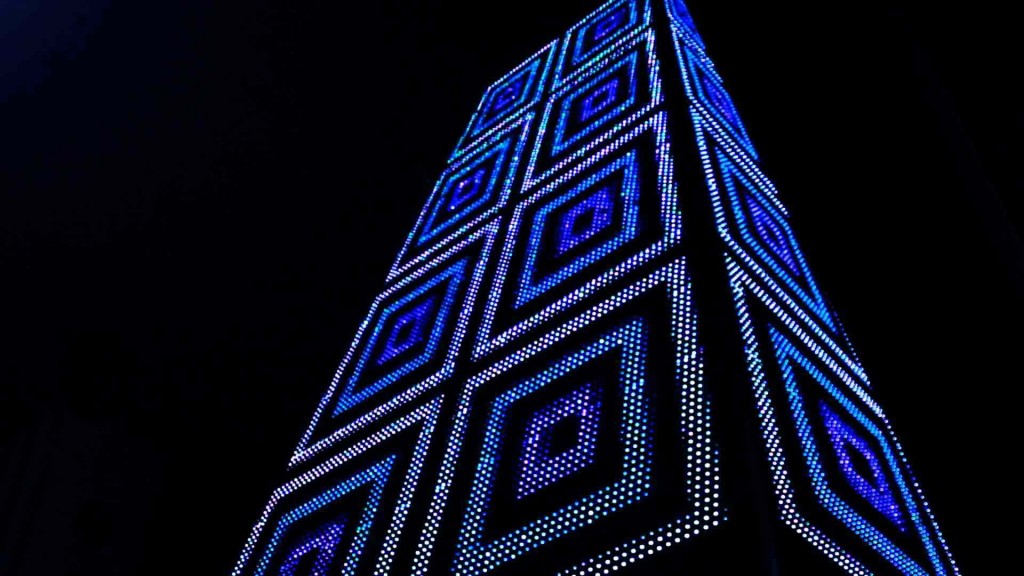
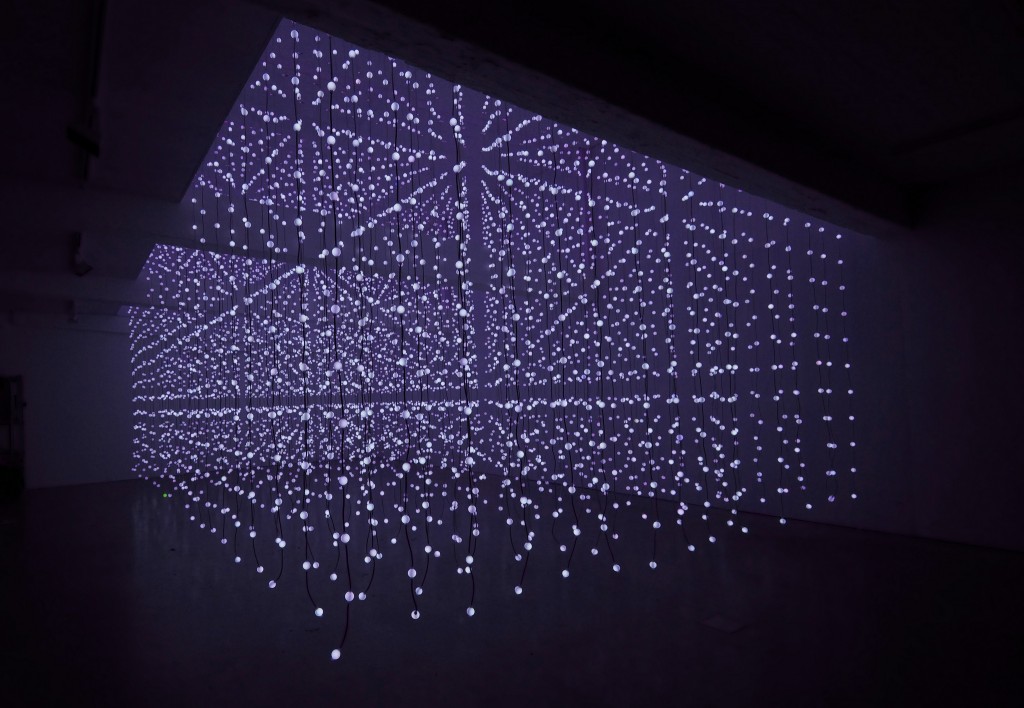 Submergence is an installation by the international art group
Submergence is an installation by the international art group 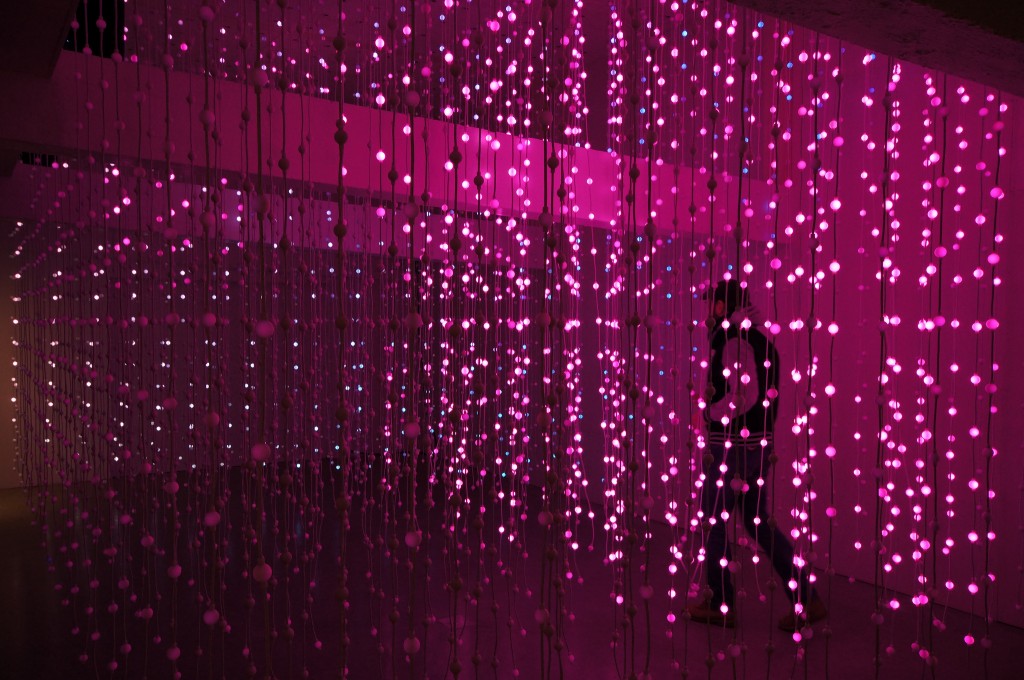
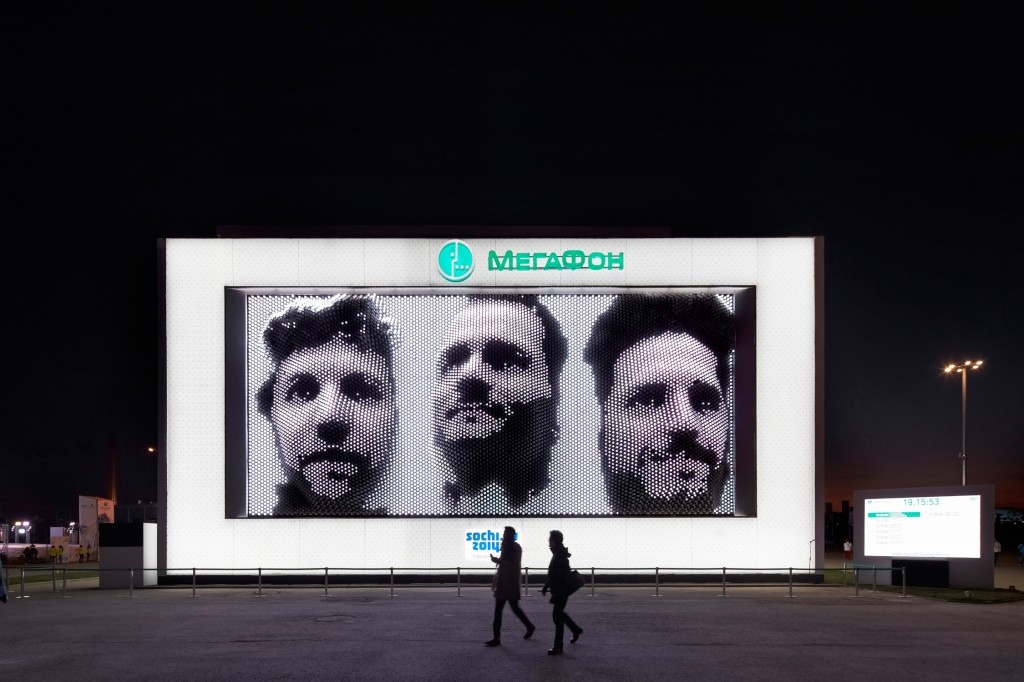 MegaFaces is a giant mechanical sculpture that creates 3D representations of faces i.e. 3D selfies. The installation was shown during the Socchi winter games and it was produced by a local mobile company and the london based architect
MegaFaces is a giant mechanical sculpture that creates 3D representations of faces i.e. 3D selfies. The installation was shown during the Socchi winter games and it was produced by a local mobile company and the london based architect